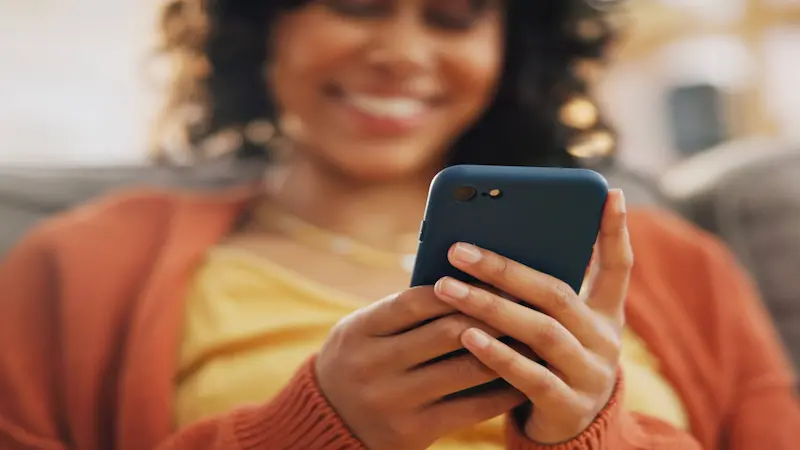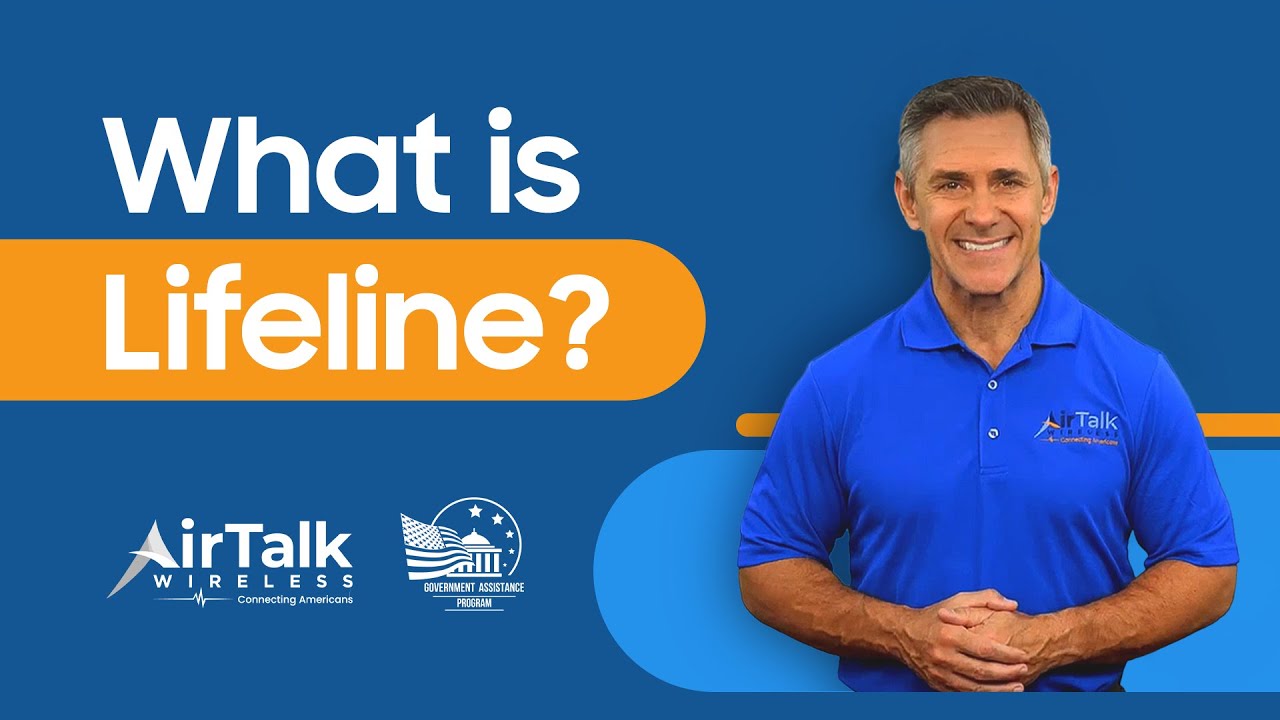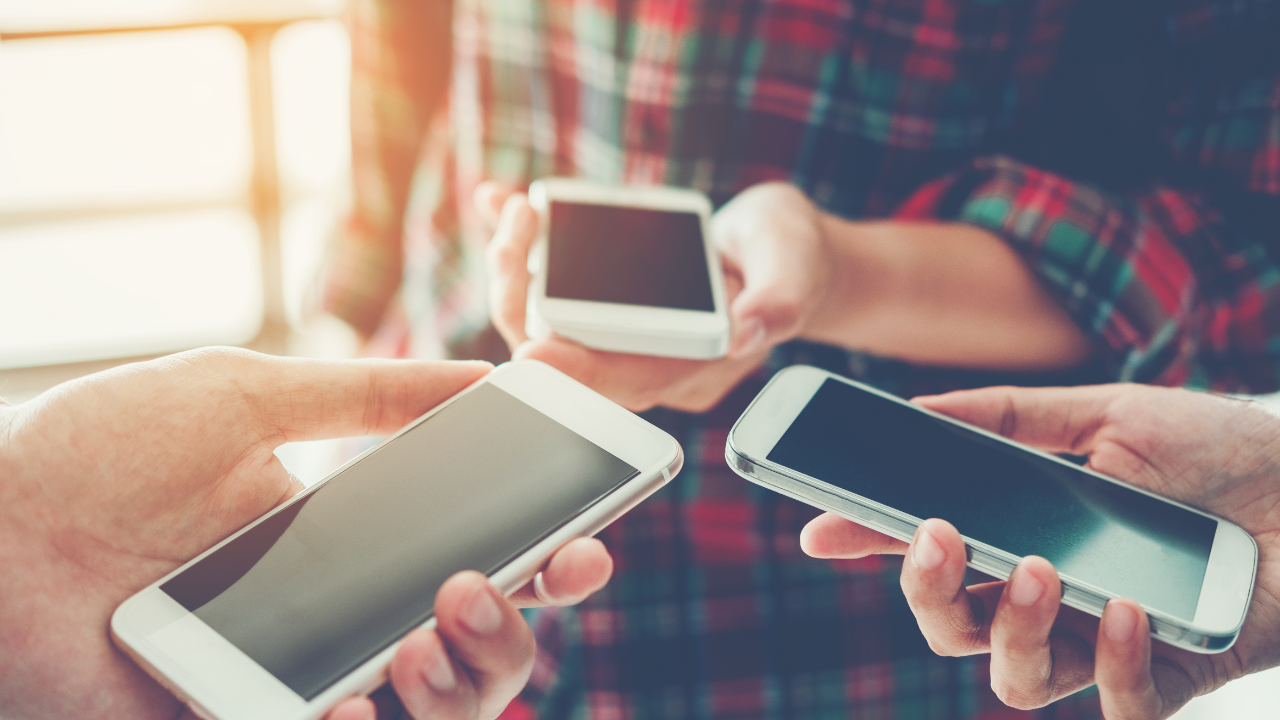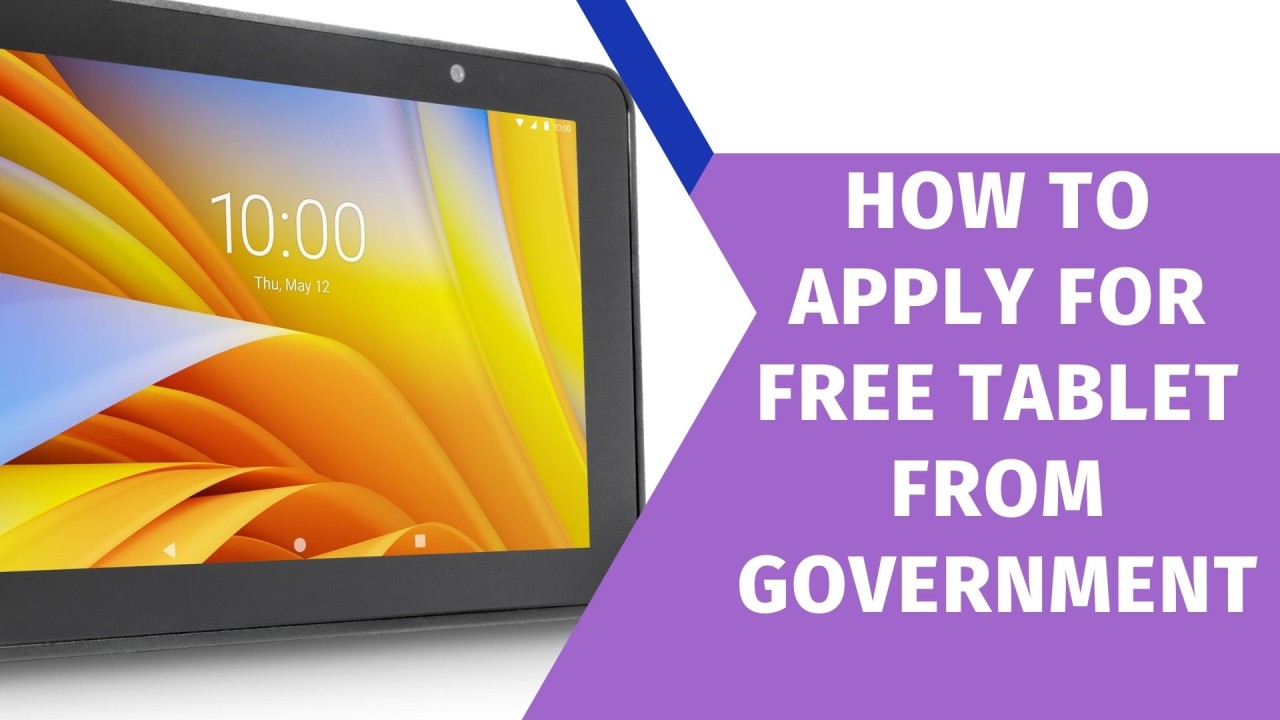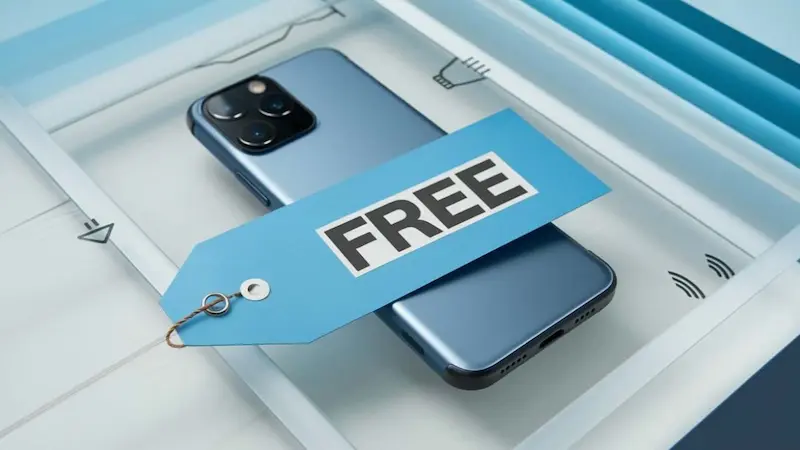5. Digital Literacy Training
As technology becomes pervasive, digital literacy training becomes essential for seniors to navigate the digital landscape confidently. Many local organizations offer workshops and courses specifically designed for older adults, covering critical areas such as smartphone usage, internet safety, and the effective use of various applications.
Course Content and Structure
Digital literacy courses typically encompass the following topics:
- Smartphone Usage: These courses provide hands-on training, teaching seniors how to use their devices, including features like calling, texting, accessing contacts, and downloading applications. By familiarizing seniors with their devices, these courses lay a foundation for confidence in using technology.
- Internet Safety: Given the prevalence of online scams and cyber threats targeting older individuals, courses often include critical lessons about internet safety. Seniors learn how to identify phishing attempts, create strong passwords, and protect their personal information online.
- Effective Use of Applications: Training may also cover popular applications and services that can enhance communication and connectivity, such as social media platforms, messaging apps, and video calling services. This exposure allows seniors to maintain relationships with family members and friends, especially younger generations who communicate primarily through digital channels.
The Impact of Digital Literacy Training
The benefits of digital literacy training are manifold. By improving seniors' skills and confidence in using technology, these programs directly contribute to increased engagement with everyday activities. Equipped with knowledge, seniors are more likely to utilize smartphones for tasks such as scheduling appointments, shopping online, or accessing health information, drastically improving their quality of life.
Additionally, embracing technology helps to combat loneliness. As seniors become more adept at using smartphones and various digital resources, they can more easily connect with friends and family, fostering social relationships and enhancing their emotional health.

Next Page
You May Also Like
-

How to Use SNAP and Other Government Benefits to Qualify for Free Cell Phone Services
Learn how to qualify for free cell phone services using SNAP, Medicaid, and other government benefits. Understand eligibility, application steps, and maximize Lifeline and ACP benefits.
-

Frequently Asked Questions (FAQ) About the Lifeline Program
Whether you're interested in eligibility requirements, application processes, or benefits provided, our FAQ section addresses the most commonly asked questions about the Lifeline Program.
-

What is the Lifeline Program?
Initially established as part of the Universal Service Fund (USF), Lifeline began with the straightforward objective of providing discounted landline telephone services to low-income households.
Popular Blog
-

Affordable Alternatives When You Don’t Qualify for Free Government Phones in the U.S.
Don’t qualify for a free government phone like Lifeline? This article explores affordable options for staying connected. Discover prepaid plans, discounted deals, the used phone market, and how to leverage free Wi-Fi and community resources to maintain essential communication on a budget.
-

How to Get a Free Tablet from Government Programs
In this article, we’ll explore these programs, the types of tablets you can get, and the carriers currently participating in these initiatives.
-

How to Check Your Eligibility for Free Cell Phones and Services
Learn how to check your eligibility for free cell phones and services through programs like Lifeline and ACP. Discover income-based requirements, application steps, and benefits.
